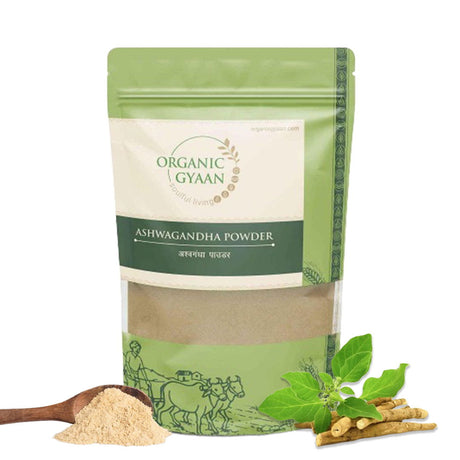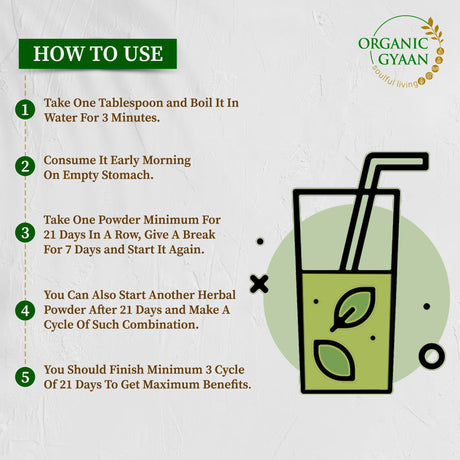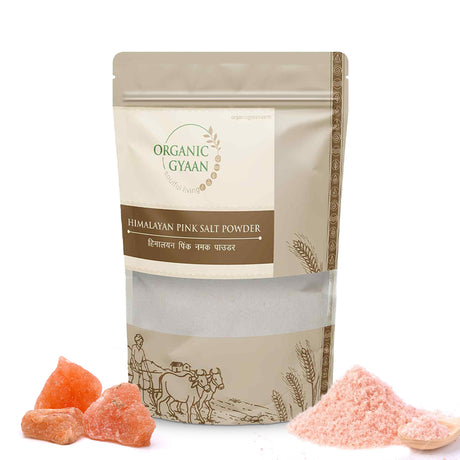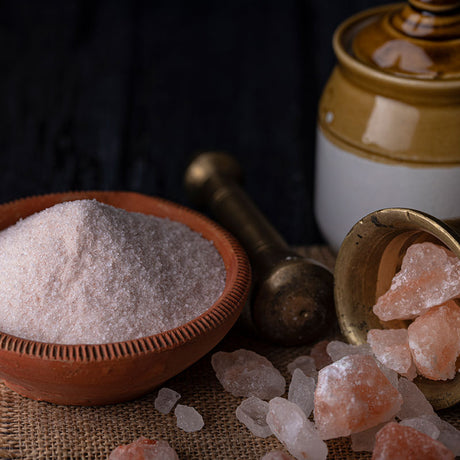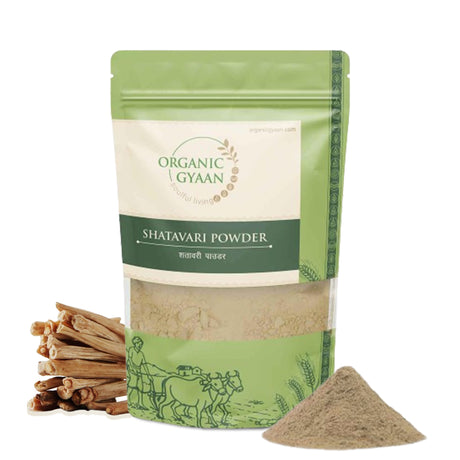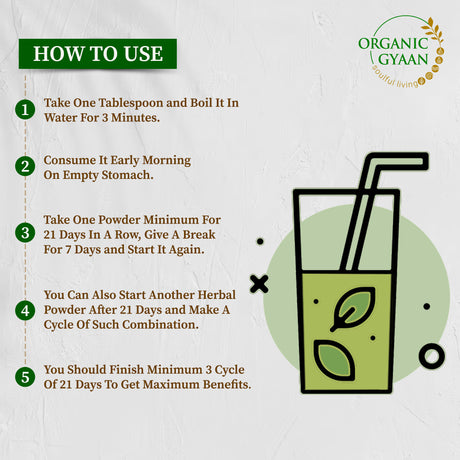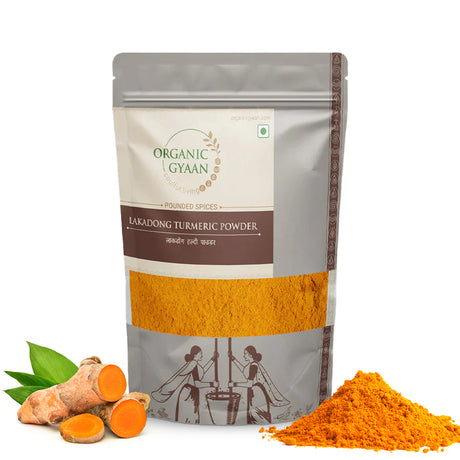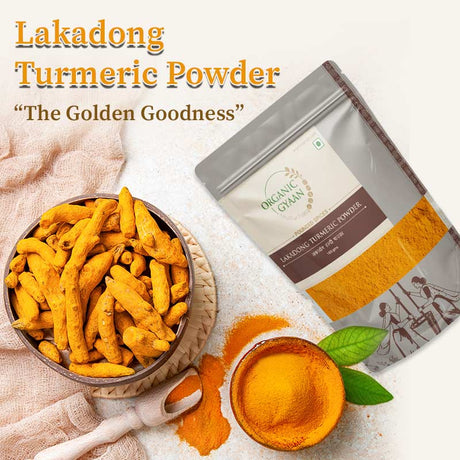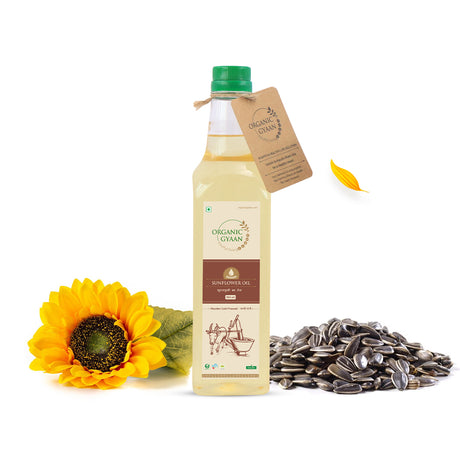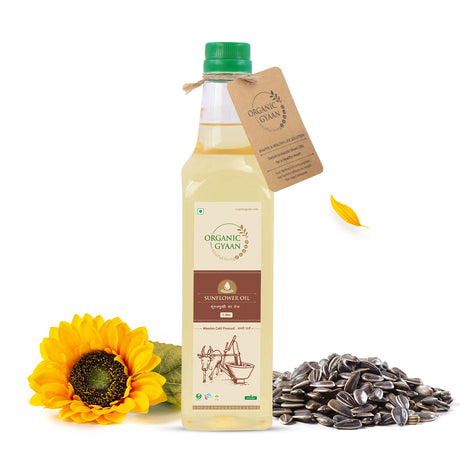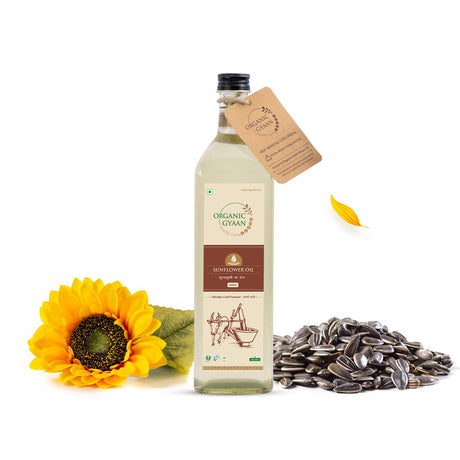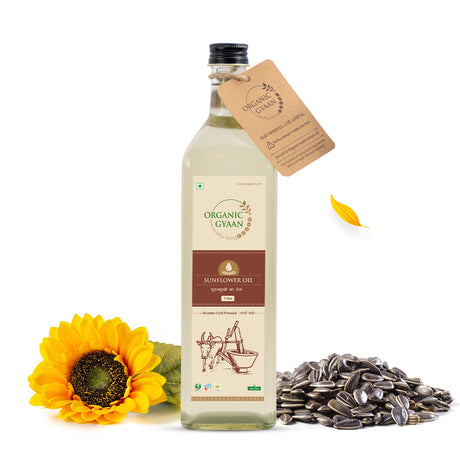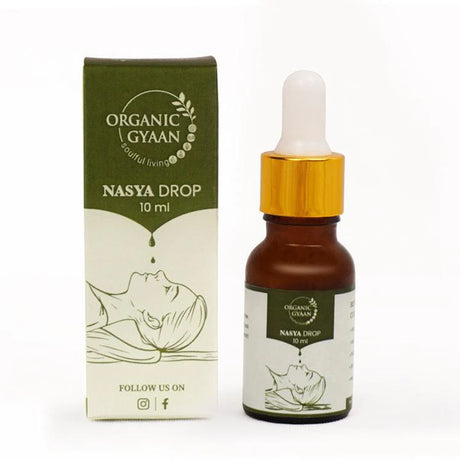In a world where diabetes is becoming increasingly common, people are turning to traditional, natural foods for support. One grain that’s been making waves for its healing potential is ragi, also known as finger millet. It’s been a staple in Indian kitchens for centuries—but recently, many are asking, is ragi good for diabetes?
Let’s dive deep into what ragi is, why it’s so powerful, and how it can support people living with diabetes.
What is Ragi?
Ragi (finger millet) is a tiny reddish-brown grain that grows well in dry, hot climates. It’s incredibly hardy, doesn’t require chemical fertilizers, and stores well for long periods. For generations, it has been a nourishing part of traditional Indian diets—used to make rotis, porridges, drinks, and even desserts.
Now, with a growing interest in natural nutrition, ragi is being rediscovered as a functional food that’s especially helpful for diabetes and overall wellness.
Ragi Benefits: A Quick Nutrition Snapshot
Ragi is more than just a grain—it’s a nutritional powerhouse. Here's a quick look at what makes it special:
- Calcium: Supports strong bones and teeth
- Iron: Helps reduce fatigue and boosts energy
- Potassium: Maintains healthy blood pressure
- Fiber: Aids digestion and regulates blood sugar
- Essential Amino Acids: Support muscle repair and growth
- Antioxidants and Polyphenols: Help fight inflammation and oxidative stress
- Naturally Gluten-Free: Gentle on digestion and ideal for people with gluten sensitivity
These ragi benefits make it an excellent addition to modern diets, especially for those managing chronic conditions.
How Ragi May Support Diabetes Management
If you’re wondering, is ragi good for diabetes, the answer is yes—and here’s why. Ragi has several unique qualities that make it particularly helpful in supporting blood sugar balance:
1. Low Glycemic Index (GI)
Ragi digests slowly and releases glucose into the bloodstream at a gradual pace. This helps prevent the sharp spikes and crashes in blood sugar that can be problematic for people with diabetes.
2. High in Fiber
Ragi’s dietary fiber slows the breakdown of carbohydrates during digestion. This leads to steadier blood sugar levels and longer-lasting energy. It also helps reduce hunger pangs, supporting weight control—a crucial part of diabetes management.
3. Rich in Antioxidants and Polyphenols
These natural plant compounds help your body use insulin more effectively and reduce cellular stress. That’s especially important for people dealing with insulin resistance or early-stage type 2 diabetes.
4. Promotes Satiety
Thanks to its dense nutritional profile, ragi helps you feel full longer. This can reduce cravings and help avoid overeating, further supporting blood sugar control.
Together, these qualities clearly show why ragi is good for diabetes when included as part of a balanced diet.
Ragi’s Role in Reducing Inflammation and Stress
Diabetes doesn’t just affect blood sugar—it also increases the risk of chronic inflammation and oxidative stress, which can lead to long-term damage to organs like the heart, kidneys, and nerves. Ragi helps here too.
1. Antioxidants Protect Cells
Ragi contains antioxidants that help protect the body from oxidative stress. These compounds neutralize free radicals that can harm cells and tissues, offering long-term protection.
2. Natural Anti-Inflammatory Effects
Chronic inflammation is a hidden problem in diabetes. The polyphenols and fiber in ragi help reduce internal inflammation, lowering the risk of complications.
3. Prebiotic Fiber Supports Gut Health
A healthy gut is essential for regulating inflammation, immunity, and even mood. Ragi’s fiber supports good gut bacteria, which in turn helps the body stay balanced and resilient.
These added ragi benefits make it not just a diabetes-friendly food, but a grain that supports full-body wellness.
Simple Ways to Include Ragi in Your Diet
Ragi is versatile and easy to work into your meals. Here are a few everyday ways to enjoy it:
- Ragi Ambali: A cooling, fermented drink that supports digestion
- Ragi Roti: Flatbreads made from ragi flour, great with vegetables or lentils
- Ragi Porridge (Kanji): A warm and filling breakfast option
- Ragi Dosa or Chilla: Light pancakes that make a quick, healthy meal
- Ragi Idlis: Soft, steamed, and perfect for light dinners
- Ragi Laddoos: Healthier sweets made with jaggery and ghee
Whether you’re preparing breakfast, lunch, or snacks, ragi fits in effortlessly.
Tips to Get the Most Out of Ragi
To get the full benefits of ragi—especially for blood sugar management—keep these tips in mind:
- Eat in moderation: Ragi is nutritious, but portion control is still important
- Balance with protein and vegetables: This slows sugar absorption further
- Avoid refined sugar: Use jaggery or dates in small amounts if sweetness is needed
- Watch your body’s response: Everyone is different—check your sugar levels to see how ragi affects you.
Conclusion: Is Ragi Good for Diabetes?
Yes, absolutely.
Ragi is a traditional grain with modern-day health benefits. With its low glycemic index, high fiber content, and rich antioxidant profile, it’s one of the best natural foods you can include in a diabetes-supportive diet. It not only helps manage blood sugar but also supports digestion, reduces inflammation, and promotes lasting energy.
Whether you’re enjoying it in a warm porridge or a simple roti, ragi benefits your health in more ways than one. So, if you're still asking is ragi good for diabetes, the answer is a confident yes—backed by both tradition and science.




